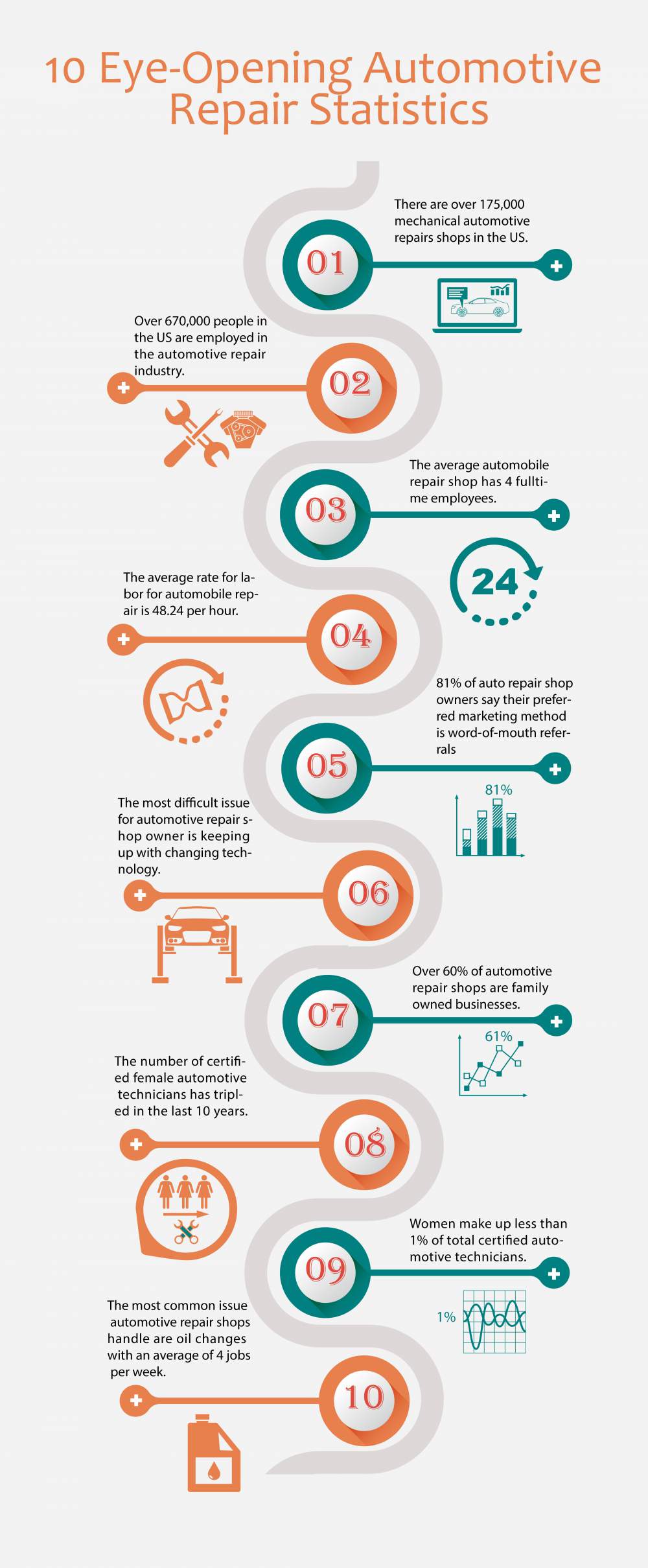Seeking Clearness On The Caution Lights Showed On Your Car'S Control Panel? Discover Just How They Associate With Your Car'S Health And Wellness
Seeking Clearness On The Caution Lights Showed On Your Car'S Control Panel? Discover Just How They Associate With Your Car'S Health And Wellness
Blog Article
Produced By-Termansen Torres
When you're behind the wheel, those beautiful warning lights on your dashboard can be a bit perplexing. Do you understand what they're attempting to tell you about your auto's wellness? Comprehending the relevance of these lights is essential for your security and the long life of your car. So, the following time one of those lights appears, would not you wish to understand its message properly and take the needed steps to address it?
Common Caution Lighting and Interpretations
Determine usual caution lights in your cars and truck and recognize their significances to make certain risk-free driving.
The most typical caution lights consist of the check engine light, which signifies concerns with the engine or exhausts system. If this light comes on, it's important to have your vehicle examined promptly.
The oil stress cautioning light suggests reduced oil stress, requiring immediate interest to prevent engine damage.
A blinking battery light could suggest a faulty billing system, possibly leaving you stranded if not addressed.
The tire stress surveillance system (TPMS) light signals you to reduced tire stress, impacting automobile stability and gas performance. Overlooking mobile car detailing auckland might result in dangerous driving problems.
The abdominal light indicates a trouble with the anti-lock stopping system, jeopardizing your capability to stop rapidly in emergency situations.
Finally, the coolant temperature alerting light warns of engine overheating, which can lead to extreme damages if not solved promptly.
Understanding these common caution lights will certainly help you resolve issues without delay and keep secure driving conditions.
Value of Prompt Focus
Understanding the typical warning lights in your automobile is just the initial step; the value of promptly attending to these cautions can't be stressed sufficient to ensure your safety and security on the road.
When a warning light brightens on your dashboard, it's your car's way of communicating a prospective issue that needs interest. Ignoring these cautions can lead to a lot more serious problems later on, compromising your safety and security and possibly costing you much more in repairs.
Prompt focus to cautioning lights can avoid breakdowns and accidents. For example, a flashing check engine light can show a misfire that, if left unattended, can create damages to the catalytic converter. Resolving this immediately can conserve you from a pricey fixing.
Similarly, a brake system alerting light might signal reduced brake liquid or used brake pads, essential parts for your safety when driving.
DIY Troubleshooting Tips
If you see a caution light on your dashboard, there are a few do it yourself troubleshooting ideas you can try before looking for expert assistance.
The initial step is to consult your cars and truck's guidebook to recognize what the certain warning light indicates. Often the problem can be as easy as a loosened gas cap setting off the check engine light. Tightening the gas cap may settle the trouble.
An additional common issue is a reduced battery, which can trigger numerous warning lights. Checking the battery connections for rust and guaranteeing they're safe may repair the issue.
If a warning light continues, you can try resetting it by separating the auto's battery for a few mins and after that reconnecting it. Additionally, inspecting https://emilianoqlfzs.nizarblog.com/31365326/expecting-the-future-of-automobile-repair-service-noteworthy-patterns-to-keep-an-eye-on , such as oil, coolant, and brake fluid, can aid fix advising lights connected to these systems.
Final thought
In conclusion, recognizing your auto's caution lights is necessary for keeping your lorry running efficiently and safely. By immediately resolving these alerts and recognizing what they suggest, you can stay clear of costly fixings and possible breakdowns.
Remember to consult your automobile's manual for specific details on each alerting light and do something about it as necessary to guarantee a hassle-free driving experience.
Stay notified, stay safe on the road!
